Opus Africanum
Opus Africanum: modern name for an ancient building technique.
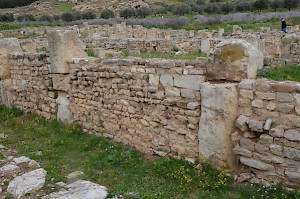
The type of masonry shown in the photos on this page is called Opus Africanum, “made in the African style”. The word is Neolatin, dating back to the nineteenth century; it was not used by the Romans.
Essentially, the builders created a frame by erecting square stone pillars, filling the area between those pillars with rubble, stones, and mortar. It is somewhat similar to a half-timbered wall, except that it’s not made of wood but of stone. In residential houses, the actual wall was often hidden from view by a layer of stucco.
The advantage of this method was that the wall, although made of cheap material, was in fact quite strong. There was some variation. In the Phoenician settlements of Motya and Kerkouane, the walls were filled with rubble, while in the Roman era the walls were often filled with more or less regular stones.
Art historians believe that Opus Africanum originated in Phoenicia, but this is not entirely certain. After all, no Phoenician houses have been investigated in Lebanon, where modern cities make excavation difficult. In any case, the technique was already in use in the seventh century BCE in Etruria, which suggests that the Etruscans came up with the idea themselves. Alternatively, they may have learned to use Opus Africanum from the first Phoenician settlers in Corsica or Sardinia.
This type of wall remained in use well into the Middle Ages. Opus Africanum can be found in Byzantine churches and the city walls of Medieval towns (e.g. Sfax).
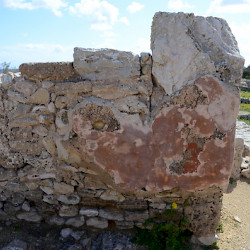 Kerkouane, Opus Africanum with stucco |
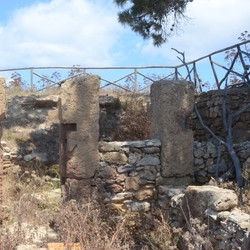 Motya, Casermetta, Wall (opus Africanum) |
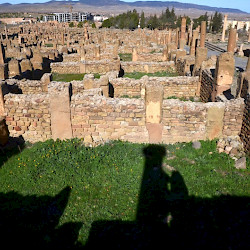 Timgad, Shops (Opus Africanum) |
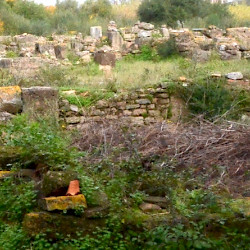 Hippo Regius, Opus Africanum |